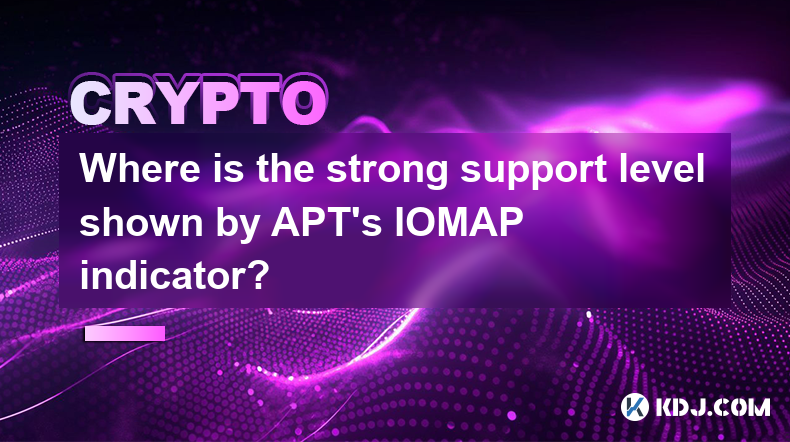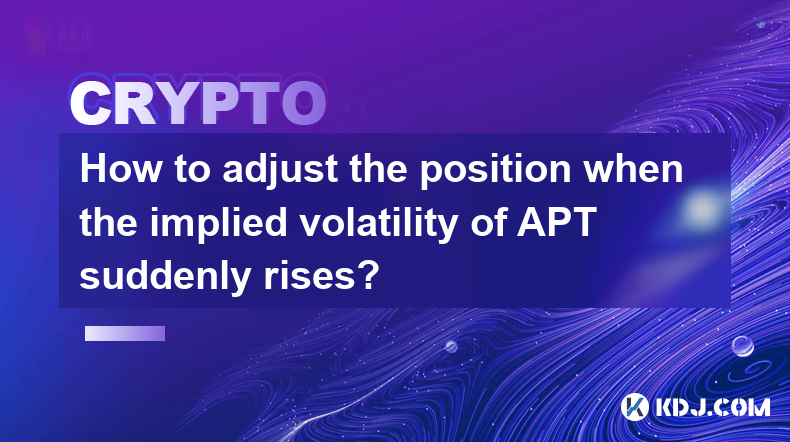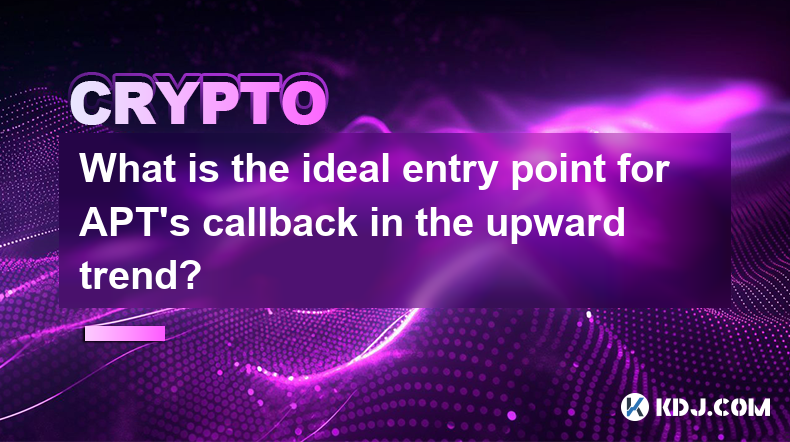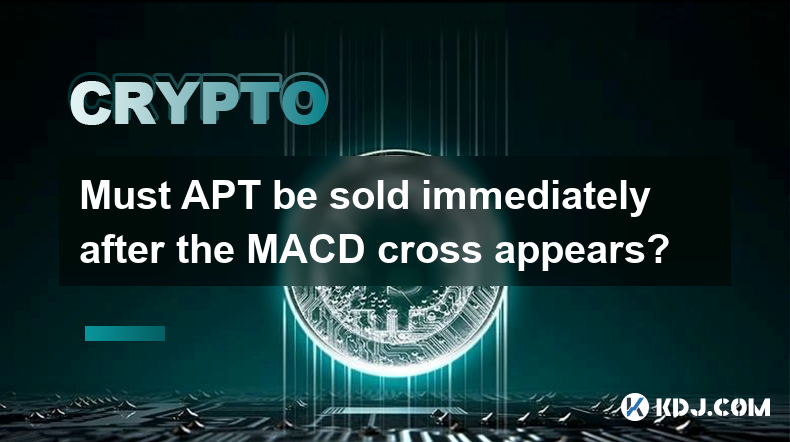-
 Bitcoin
Bitcoin $93,564.0202
0.12% -
 Ethereum
Ethereum $1,763.0236
-1.82% -
 Tether USDt
Tether USDt $1.0003
-0.01% -
 XRP
XRP $2.2003
-0.87% -
 BNB
BNB $600.3322
-0.88% -
 Solana
Solana $151.2516
0.23% -
 USDC
USDC $0.9998
0.01% -
 Dogecoin
Dogecoin $0.1809
1.82% -
 Cardano
Cardano $0.7178
3.07% -
 TRON
TRON $0.2463
-0.25% -
 Sui
Sui $3.3056
11.51% -
 Chainlink
Chainlink $14.9591
-0.30% -
 Avalanche
Avalanche $22.2823
-0.60% -
 Stellar
Stellar $0.2794
4.78% -
 UNUS SED LEO
UNUS SED LEO $9.2784
1.70% -
 Shiba Inu
Shiba Inu $0.0...01362
1.67% -
 Toncoin
Toncoin $3.1854
-0.60% -
 Hedera
Hedera $0.1872
4.14% -
 Bitcoin Cash
Bitcoin Cash $350.7992
-1.89% -
 Polkadot
Polkadot $4.2721
4.66% -
 Litecoin
Litecoin $83.8474
1.12% -
 Hyperliquid
Hyperliquid $18.6717
1.55% -
 Dai
Dai $1.0001
-0.01% -
 Bitget Token
Bitget Token $4.4176
-1.64% -
 Ethena USDe
Ethena USDe $0.9995
0.01% -
 Pi
Pi $0.6511
-1.38% -
 Monero
Monero $226.6862
-1.33% -
 Pepe
Pepe $0.0...08672
-1.87% -
 Uniswap
Uniswap $5.7840
-3.55% -
 Aptos
Aptos $5.4779
2.29%
How to sell DIA coins
To sell DIA coins, choose a suitable platform, set up your account, deposit your coins, place a sell order, confirm the trade, and withdraw your funds, considering market conditions, security, fees, and taxes.
Dec 01, 2024 at 06:50 pm

How to Sell DIA Coins
DIA is a decentralized oracle network that provides real-time data to smart contracts. DIA is accessible on multiple platforms that serve different buying and selling preferences. You can sell your DIA coins in several straightforward steps.
Step 1: Choose a suitable platform
- Centralized exchanges (CEXs): Platforms like Binance, Coinbase, and Kraken offer a user-friendly interface, high liquidity, and support for multiple payment methods. However, they may have higher fees and require KYC verification.
- Decentralized exchanges (DEXs): Platforms like Uniswap, PancakeSwap, and SushiSwap allow you to trade directly with other users without an intermediary. They offer reduced fees, anonymity, and access to exotic pairs. However, liquidity may be lower, and the user interface can be more complex.
Step 2: Set up your account
- CEXs: Create an account by providing your email, password, and other required information. Complete the KYC verification process if necessary.
- DEXs: Connect to the platform using a Web3 wallet like MetaMask, Trust Wallet, or WalletConnect. Ensure that your wallet has sufficient funds for gas fees.
Step 3: Deposit your DIA coins
- CEXs: Transfer your DIA coins from your personal wallet to your exchange wallet using the deposit address provided.
- DEXs: Connect your wallet to the platform and select the DIA coin to deposit. Follow the on-screen instructions to complete the transfer.
Step 4: Place a sell order
- CEXs: Navigate to the trading interface for DIA and select the "Sell" tab. Specify the amount of DIA you wish to sell and the type of order (market or limit).
- DEXs: Connect your wallet to the liquidity pool for DIA and choose the option to swap DIA for the desired token.
Step 5: Confirm and execute the trade
- CEXs: Review the order details and click "Confirm" to execute the trade.
- DEXs: Approve the transaction in your wallet and pay the transaction fees.
Step 6: Withdraw your funds
- CEXs: Once the trade is complete, your funds will be credited to your exchange wallet. You can withdraw them to your personal wallet by providing the withdrawal address and confirming the transaction.
- DEXs: The funds will be deposited directly into your connected wallet. You can withdraw them to your personal wallet at any time.
Additional Considerations:
- Market conditions: The price you receive for your DIA coins will depend on market supply and demand. It's advisable to check the current market conditions before placing a sell order.
- Security: Ensure you are using reputable platforms and taking appropriate security measures to protect your funds.
- Fees: Different platforms charge varying fees for trading and withdrawals. Research and compare fees before choosing a platform.
- Taxes: Cryptocurrency transactions may be subject to taxation depending on your jurisdiction. Consult with a tax advisor for guidance.
Disclaimer:info@kdj.com
The information provided is not trading advice. kdj.com does not assume any responsibility for any investments made based on the information provided in this article. Cryptocurrencies are highly volatile and it is highly recommended that you invest with caution after thorough research!
If you believe that the content used on this website infringes your copyright, please contact us immediately (info@kdj.com) and we will delete it promptly.
- Core Scientific to Release Fiscal Year 2025 First Quarter Results
- 2025-04-25 06:40:12
- Davis Polk & Wardwell met with the US Securities and Exchange Commission's Crypto Task Force
- 2025-04-25 06:40:12
- Fartcoin Eyes $1B Valuation as Cold Wallet Becomes the Best Crypto Wallet to Watch in 2025
- 2025-04-25 06:35:12
- 5 Cryptos to Buy This Month: Qubetics ($TICS) is Rewriting the Rules of Engagement
- 2025-04-25 06:35:12
- Stacks (STX) Coin Shows Signs of Recovery, But Will It Break the $1 Barrier or Face a Pullback?
- 2025-04-25 06:30:12
- Cardano's Founder Charles Hoskinson Believes Ethereum Will Be Dead in 10 Years
- 2025-04-25 06:30:12
Related knowledge

Where is the strong support level shown by APT's IOMAP indicator?
Apr 25,2025 at 05:01am
The IOMAP (In/Out of the Money Around Price) indicator is a powerful tool used in the cryptocurrency market to identify potential support and resistance levels. For the cryptocurrency APT (Aptos), the IOMAP indicator can provide insights into where strong support levels might be located. This article will delve into the specifics of the IOMAP indicator,...

How to adjust the position when the implied volatility of APT suddenly rises?
Apr 24,2025 at 09:42pm
When the implied volatility of APT suddenly rises, it can significantly impact your trading positions. Adjusting your positions effectively requires a thorough understanding of the situation and a strategic approach. In this article, we will explore how to manage your positions when the implied volatility of APT increases unexpectedly. Understanding Imp...

Does the increase in net outflow of APT exchanges represent bullishness?
Apr 24,2025 at 06:57pm
The concept of net outflow of APT (Aptos) from exchanges and its potential correlation with bullish sentiment is a topic of interest within the cryptocurrency community. The net outflow refers to the volume of APT tokens being withdrawn from cryptocurrency exchanges, which can be interpreted as a signal of investor behavior and market sentiment. This ar...

What impact does the large transfer on the APT chain have on the price?
Apr 25,2025 at 02:42am
The large transfer of tokens on the APT (Aptos) blockchain can have a significant impact on the price of APT tokens. When large volumes of tokens are moved, it often signals market participants to pay attention, as these movements can be indicative of various market dynamics. Understanding the nature of these transfers, the parties involved, and the con...

What is the ideal entry point for APT's callback in the upward trend?
Apr 24,2025 at 11:50pm
In the world of cryptocurrency trading, identifying the ideal entry point for a token's callback in an upward trend is crucial for maximizing profits and minimizing risks. APT, or Aptos, is a relatively new player in the crypto market, and understanding its price movements and potential entry points can be challenging. This article delves into the facto...

Must APT be sold immediately after the MACD cross appears?
Apr 24,2025 at 07:43pm
The question of whether APT (Aptos) should be sold immediately after a MACD (Moving Average Convergence Divergence) cross appears is a common one among traders. The MACD is a popular technical indicator used to identify potential buy and sell signals in the cryptocurrency market. However, the decision to sell APT immediately after a MACD cross is not st...

Where is the strong support level shown by APT's IOMAP indicator?
Apr 25,2025 at 05:01am
The IOMAP (In/Out of the Money Around Price) indicator is a powerful tool used in the cryptocurrency market to identify potential support and resistance levels. For the cryptocurrency APT (Aptos), the IOMAP indicator can provide insights into where strong support levels might be located. This article will delve into the specifics of the IOMAP indicator,...

How to adjust the position when the implied volatility of APT suddenly rises?
Apr 24,2025 at 09:42pm
When the implied volatility of APT suddenly rises, it can significantly impact your trading positions. Adjusting your positions effectively requires a thorough understanding of the situation and a strategic approach. In this article, we will explore how to manage your positions when the implied volatility of APT increases unexpectedly. Understanding Imp...

Does the increase in net outflow of APT exchanges represent bullishness?
Apr 24,2025 at 06:57pm
The concept of net outflow of APT (Aptos) from exchanges and its potential correlation with bullish sentiment is a topic of interest within the cryptocurrency community. The net outflow refers to the volume of APT tokens being withdrawn from cryptocurrency exchanges, which can be interpreted as a signal of investor behavior and market sentiment. This ar...

What impact does the large transfer on the APT chain have on the price?
Apr 25,2025 at 02:42am
The large transfer of tokens on the APT (Aptos) blockchain can have a significant impact on the price of APT tokens. When large volumes of tokens are moved, it often signals market participants to pay attention, as these movements can be indicative of various market dynamics. Understanding the nature of these transfers, the parties involved, and the con...

What is the ideal entry point for APT's callback in the upward trend?
Apr 24,2025 at 11:50pm
In the world of cryptocurrency trading, identifying the ideal entry point for a token's callback in an upward trend is crucial for maximizing profits and minimizing risks. APT, or Aptos, is a relatively new player in the crypto market, and understanding its price movements and potential entry points can be challenging. This article delves into the facto...

Must APT be sold immediately after the MACD cross appears?
Apr 24,2025 at 07:43pm
The question of whether APT (Aptos) should be sold immediately after a MACD (Moving Average Convergence Divergence) cross appears is a common one among traders. The MACD is a popular technical indicator used to identify potential buy and sell signals in the cryptocurrency market. However, the decision to sell APT immediately after a MACD cross is not st...
See all articles























































































